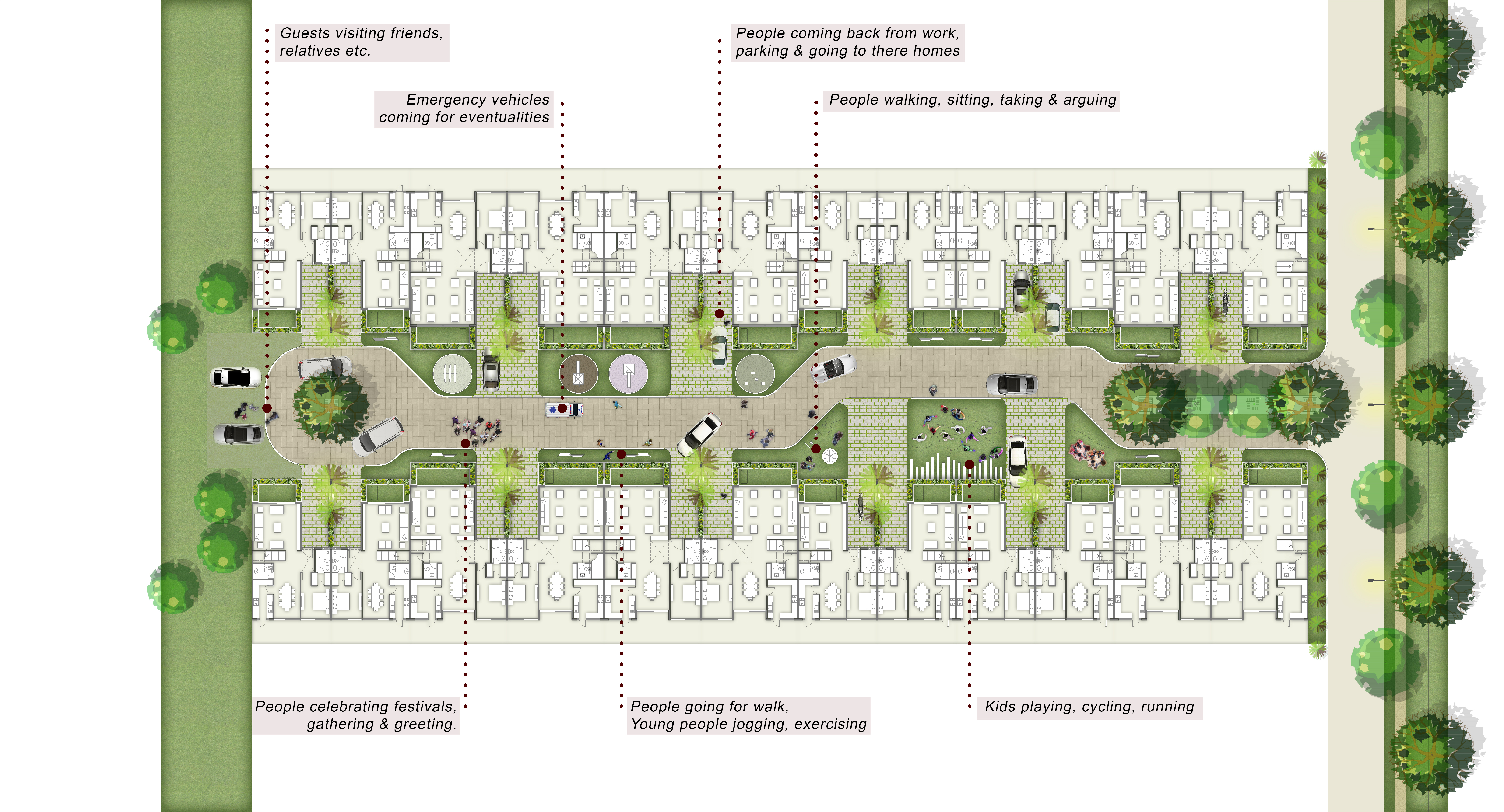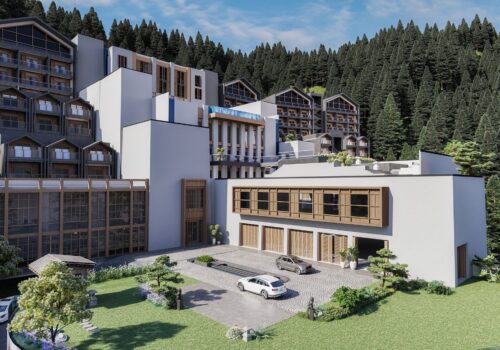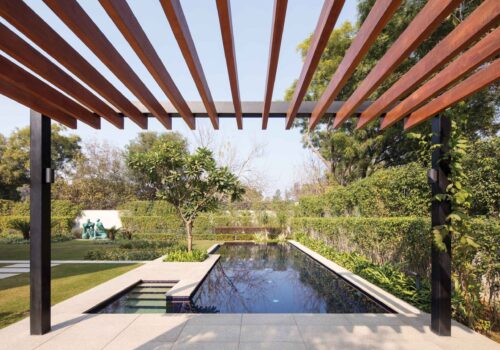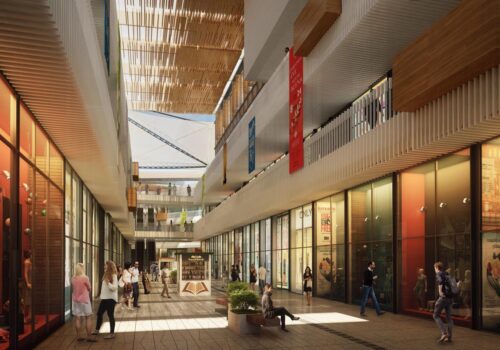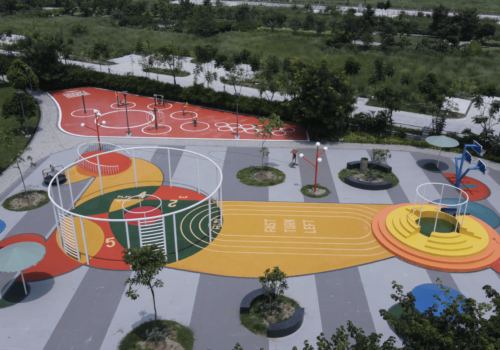Can Effective Masterplanning Create A Cooler Microclimate?
In the process of designing a masterplan for a township, it is essential to consider local climatic conditions, prevailing wind directions, and the positioning of buildings to optimize a sites’ micro-climate. These planning techniques result in an enhanced ambient environment that will encourage the community to spend time in the outdoor spaces planned for them. Having community spaces used for leisure, and other recreational activities helps the community thrive.
This can be understood better by looking at two examples, which have been designed in starkly different climatic conditions.
1. ‘Utsodhaara’ is an upcoming residential township in the warm-humid climate of Siliguri. The principles used for the planning aim to enable unobstructed wind movement for a pleasant experience outdoors. This is achieved by designing all streets in the east-west direction to channel prevailing winds. This principle is also extended to the housing design, and the township’s independent houses are designed to prioritize ventilation.

2. In contrast, AIPL Dream City NXT, in Amritsar’s hot and dry region, is planned with greens in the middle of roads to increase humidity in the precinct and reduce heat by shading the pedestrian and vehicular paths. This landscape provides shaded pathways for walking and creates green pockets for recreation. The houses are built with a reduced front setback so the buildings can shade the street.
